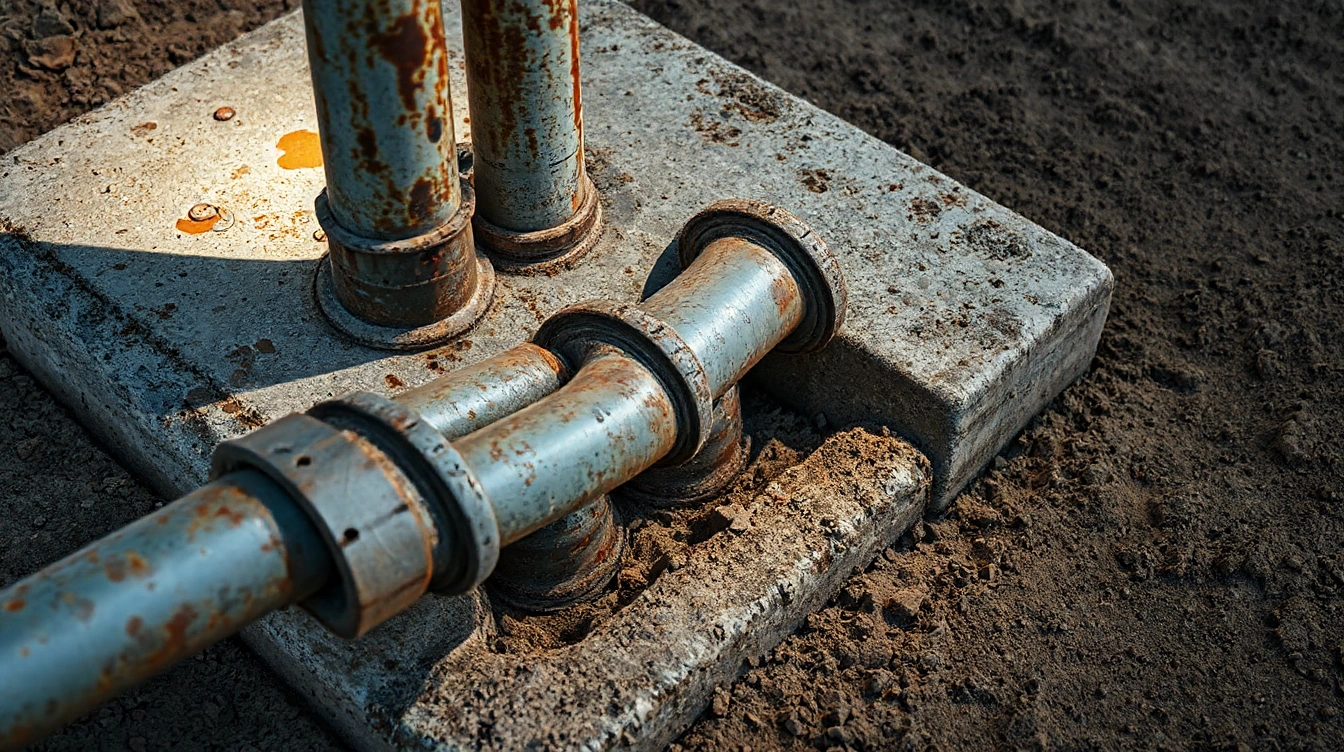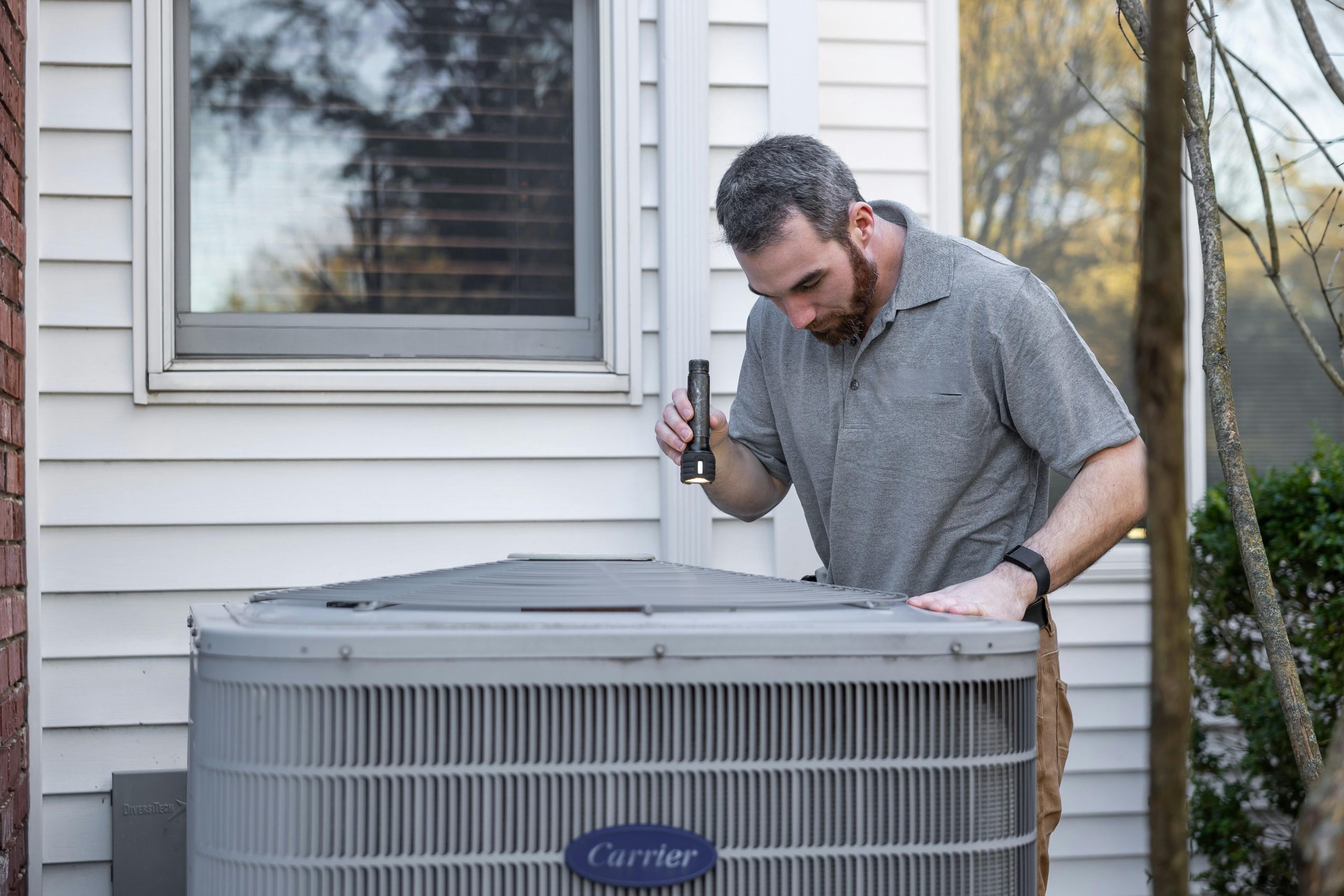Welcome to 1st-replacement-windows
As your ultimate resource for all things related to the business of replacement windows, we provide valuable coaching tips, industry news, and a comprehensive directory of services.
Expert Advice and Insights
Learn from our team of seasoned professionals who have years of experience in the replacement window industry.
Empowering Your Business
We are dedicated to helping entrepreneurs and business owners thrive in the competitive market of replacement windows, with the knowledge and tools needed for success.
Welcome to 1st-replacement-windows.com
Empowering Business Owners
We understand that competition in the replacement window industry can be fierce.

Get Valuable Tips & Industry News
Stay ahead of the competition with our expert marketing insights.
Maximize Your Online Presence
Take your business to the next level with our digital marketing strategies.
Stay Informed & Up-To-Date
Learn about the latest industry trends and advancements to stay ahead of the game.
Comprehensive Directory of Services
Find a comprehensive directory of services to support your business growth.
Expert Business Coaching
Receive expert guidance and coaching tailored to your business needs.
Effective Marketing Tips
Stay ahead of the competition with effective marketing strategies.
Maximizing Your Business Potential
Services and Product Features
Browse through a list of services and product features that will benefit your business
Installation Support
Our team of experts will provide you with top-notch installation support to ensure your replacement windows are installed correctly.
Quality Assurance
We take great pride in the quality of our replacement windows and offer a guarantee to ensure your satisfaction.
Business Coaching
Our experienced coaches will guide you through the complexities of the replacement window industry and provide valuable insights to help grow your business.
Marketing Support
We offer marketing tips and resources to help you effectively promote your replacement window business and reach potential customers.
Stay up-to-date with infographic numbers on the replacement window industry.
Learn about the latest trends and statistics in the replacement window industry with our informative infographics.
Total Revenue in the Replacement Window Industry
$17.4B
Average Cost of Replacement Windows
$450
Number of Replacement Window Companies in the US
7,500
% of Homeowners Who Choose Replacement Windows Over Repairs
55%
F.A.Q.
Frequently Asked Questions
Replacement windows can improve energy efficiency, reduce noise pollution, and increase curb appeal for your business.
Consider factors such as your budget, desired level of energy efficiency, and aesthetic preferences when choosing replacement windows for your business.
While some may be able to successfully install replacement windows themselves, it is generally recommended to hire a professional for this task.
Regular maintenance and cleaning, as well as prompt repairs for any issues, can greatly extend the lifespan of your replacement windows.
Recent Blog Posts
Stay up to date with the latest industry news and trends in replacement windows and business coaching.

Top micropile oil pipe systems ensuring strong structural integrity
Ensuring strong structural integrity in oil pipe systems depends heavily on selecting the right micropile[…]

Generate quality air source heat pump leads today
Generating high-quality air source heat pump leads means connecting with customers actively seeking installation or[…]

Boost cash flow: essential tips for customer reminders
Struggling to keep payments and appointments on track? Effective customer reminders improve cash flow by[…]

Micropile oil pipe solutions for reliable structural support
Using oil pipes as micropiles offers a durable, cost-effective solution to reinforce foundations with minimal[…]
How are UK startups leveraging innovation to disrupt traditional industries?
Overview of UK Startups Disrupting Traditional Industries In the bustling arena of the UK economy,[…]
What Are the Potential Impacts of Emerging Technologies on UK Businesses?
Overview of Emerging Technologies Affecting UK Businesses Emerging technologies such as AI, blockchain, and the[…]
What Are the Key Challenges Facing UK Businesses Under New Legal Frameworks?
Current Legal Frameworks Impacting UK Businesses Understanding the UK legal frameworks is crucial since recent[…]
How Can UK Businesses Innovate in Crisis Management?
Understanding the Unique Crisis Challenges for UK Businesses The UK business crisis challenges stem from[…]
How Do UK Start-Ups Navigate Economic Challenges?
Key Economic Challenges for UK Start-Ups Navigating the landscape of UK start-up challenges involves overcoming[…]
How can UK businesses manage risk in an uncertain economic climate?
Understanding Economic Risks for UK Businesses Economic risks shape the landscape for UK businesses in[…]
What Legal Challenges Might UK Startups Face Today?
Key Legal Obstacles Facing UK Startups in 2024 Startups in the UK encounter numerous legal[…]
How Might Emerging Trends Shape the Future of UK Business?
Emerging Trends Transforming the UK Business Landscape In the UK business landscape, emerging business trends[…]
What Key Challenges Are UK Business Services Facing Today?
Navigating the Complex Landscape: Key Challenges Facing UK Business Services Today In the ever-evolving business[…]
What are effective risk management techniques for UK businesses?
Effective Risk Management Techniques for UK Businesses: A Comprehensive Guide In the ever-evolving landscape of[…]
What Strategies Can Elevate UK Businesses Through Innovative Marketing?
Elevating UK Businesses Through Innovative Marketing Strategies In the ever-evolving landscape of business, innovative marketing[…]
How Does Brexit Impact British Businesses Today?
How Does Brexit Impact British Businesses Today? The Brexit referendum in 2016 marked a significant[…]
What Steps Can Entrepreneurs Take to Comply with UK Business Regulations?
Navigating UK Business Regulations: A Comprehensive Guide for Entrepreneurs Starting a business in the UK[…]
What strategies can UK businesses implement for effective talent retention?
Strategies for Effective Talent Retention in UK Businesses In the competitive landscape of the UK[…]
Your Comprehensive Guide to Launching an Organic Vegetable Farm in the UK: The Ultimate Blueprint for Success
Your Comprehensive Guide to Launching an Organic Vegetable Farm in the UK: The Ultimate Blueprint[…]
Ultimate Guide to Starting a Yoga Retreat in the UK: Step-by-Step Path to Health and Safety Certification
Understanding Yoga Retreats in the UK Embarking on a yoga retreat offers a unique opportunity[…]
Your Complete Guide to Successfully Launching a UK Handmade Crafts E-Commerce Store: A Step-by-Step Blueprint for Success
Market Research and Planning Understanding the market demand and competition is crucial for the success[…]

